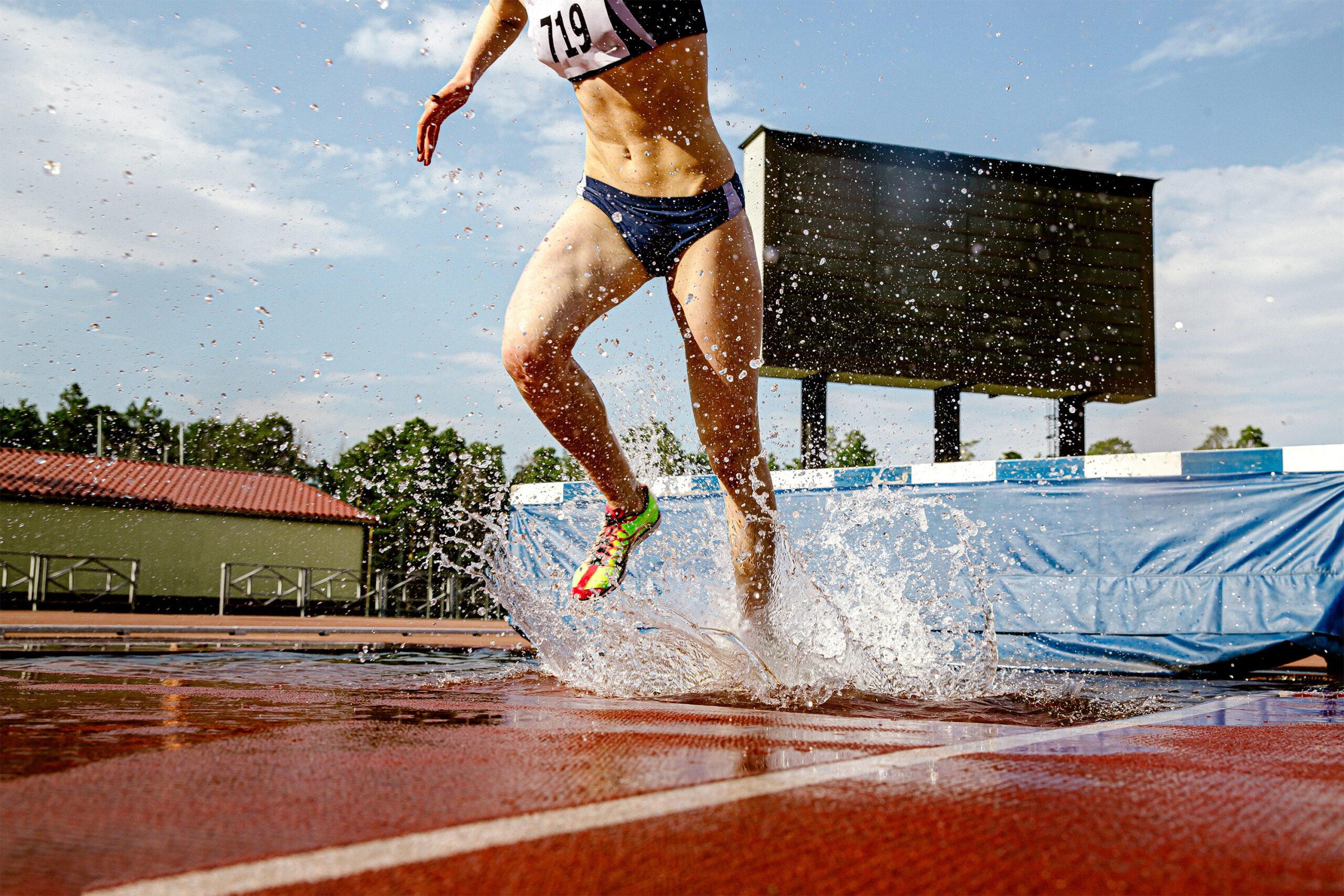
Relative Energy Deficiency in Sport: What Coaches Need to Know
5 (327) In stock

5 (327) In stock
Athletes competing in sports with high rates of disordered eating are considered to be at a higher risk of developing RED-S. This includes athletes competing in aesthetically judged sports, body-weight dependent sports, and weight class sports.

Relative Energy Deficiency in Sport—Effects, Symptoms, and Treatment

What is REDS? - Stanford Female Athlete Science and Translational Research Program
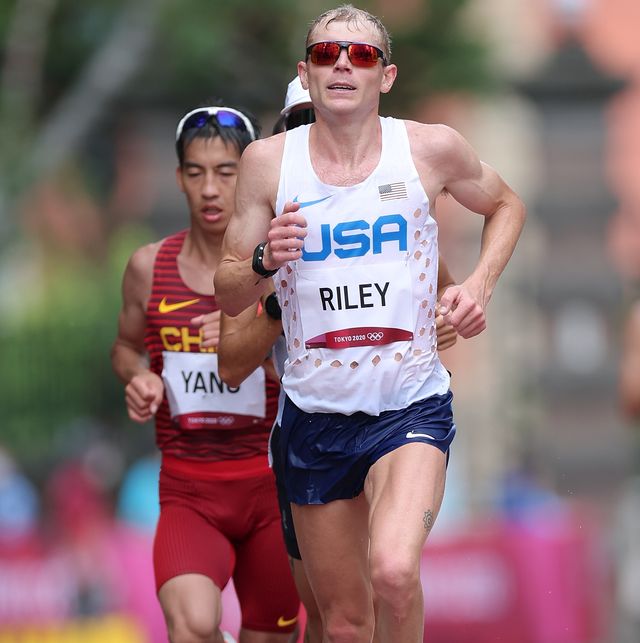
How RED-S Can Affect Male Athletes - Relative Energy Deficiency in Sport

Finding Your Sweet Spot: How to Avoid RED-S (Relative Energy Deficit in Sport) by Optimizing Your Energy Balance: 9781091089051: McConville MS RD, Rebecca: Books

RED-S Relative Energy Deficiency in Sport

Home The Surefooted Co-op
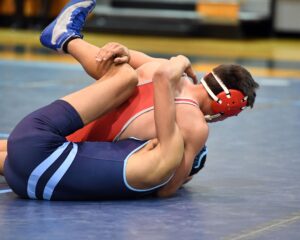
Relative Energy Deficiency in Sport: What Coaches Need to Know

IOC publishes new Consensus Statement on Relative Energy Deficiency in Sport (REDs) to protect athlete health
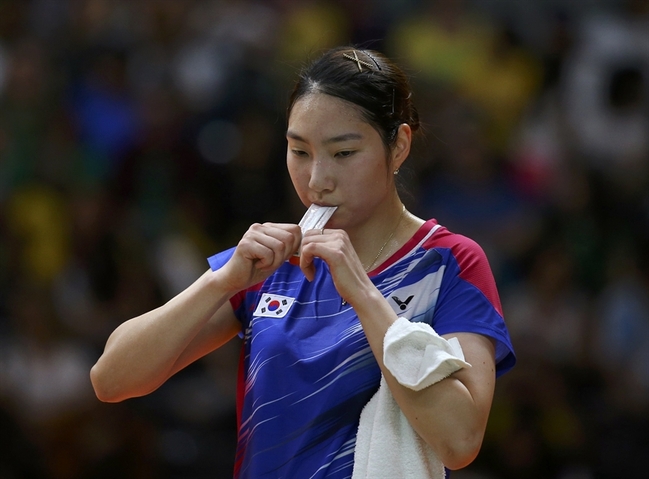
Sports Injury Bulletin - Diagnose & Treat - Relative energy deficiency in sport (RED-S): What all health professionals need to know
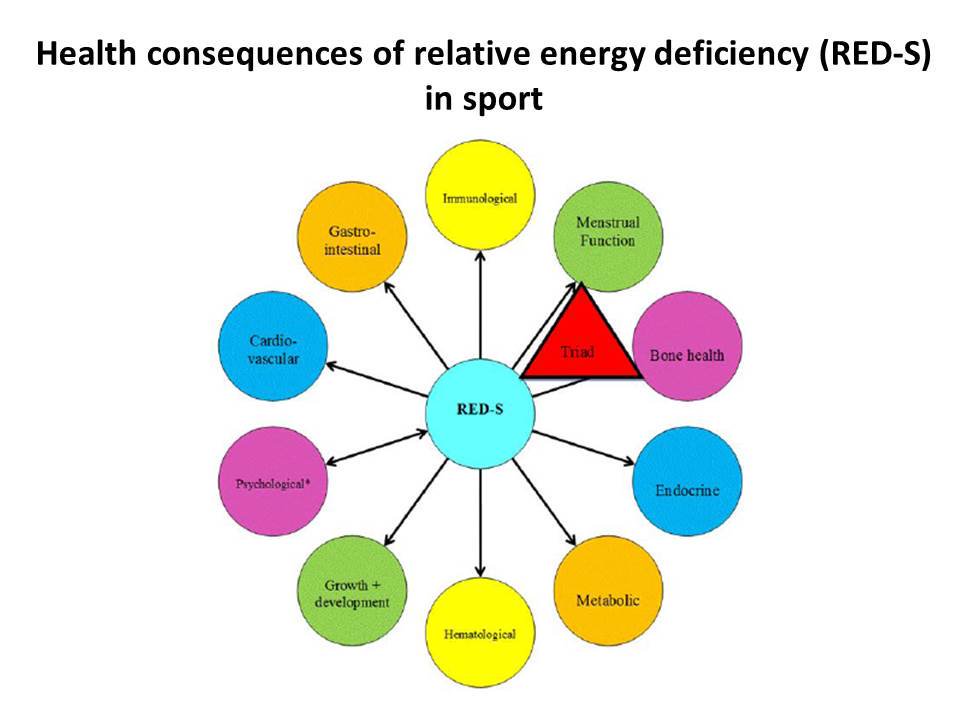
Risks
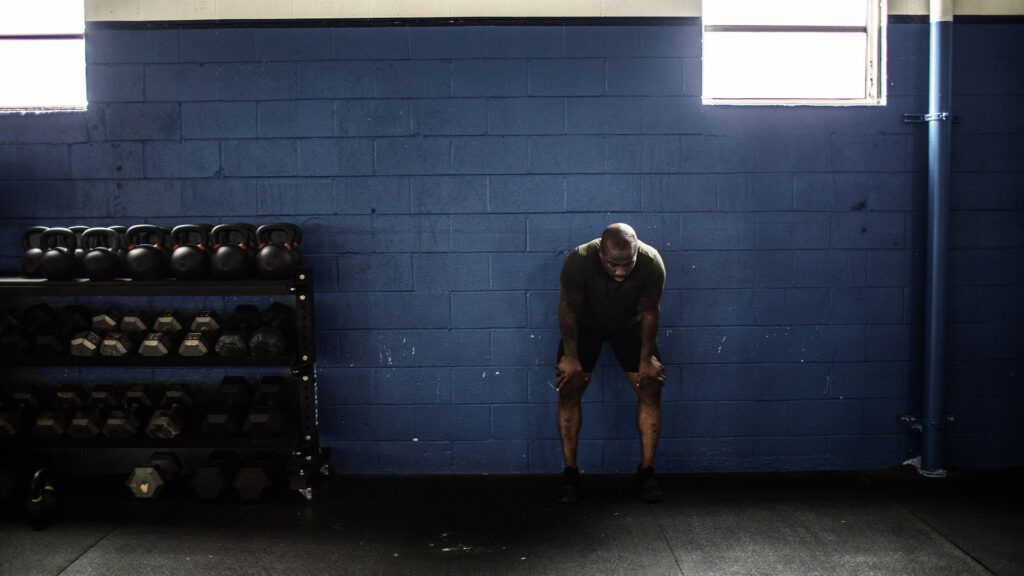
RED-S: Definition, symptoms, causes, treatments, and more

Artistic Swimming: Preventing Relative Energy Deficiency in Sport (RED-S) Syndrome

The state of play on relative energy deficiency in sport (REDs) – Dr Nicky Keay